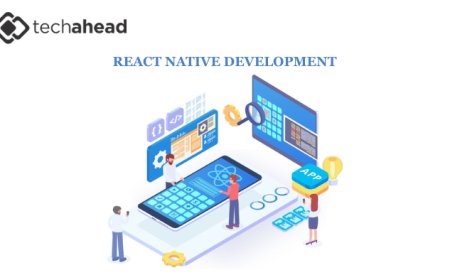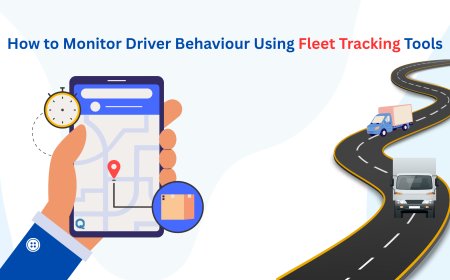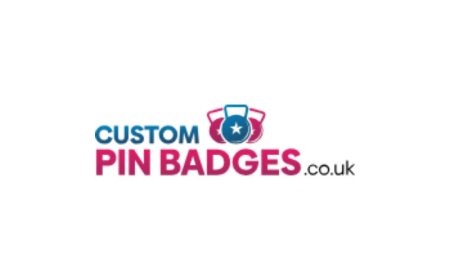Why Inbound Stories Outperform Cold Sales Pitches
Inbound Stories capture your attention by building an emotional connection. They don’t start with a sale; they start with empathy.
Imagine youre scrolling through your inbox. You open a message from a stranger, and within seconds, you know whats cominga cold sales pitch. It talks at you, not to you. It highlights a product you didnt ask for, offers no context, and ends with a call-to-action that feels pushy. You hit delete.
Now picture this instead: you come across a relatable storymaybe a blog, a short video, or a social post. It tells the tale of someone like you, facing a problem youve encountered. It walks you through their journey, subtly showing how they overcame the challenge using a particular product or service. By the end, youre not being sold toyoure being invited to learn more, to connect, or to Contact Us. Thats the power of Inbound Storiesand thats why they consistently outperform cold sales pitches.
The Emotional Hook: Stories Speak to the Heart
You live in a world where attention is currency. Cold pitches often fail because they dont earn your attentionthey demand it. In contrast, Inbound Stories capture your attention by building an emotional connection. They dont start with a sale; they start with empathy.
You want to see yourself in a story. When an inbound narrative begins with a real-life scenario, it sets the stage for relatability. Whether its a founders struggle, a customers transformation, or an underdog victory, the emotional hook engages you from the start.
Cold pitches lack this nuance. Theyre transactional, not emotional. Youre not a lead to be converted; youre a human with interests, needs, and preferences. Inbound Stories honor that difference.
Trust Through Transparency
Youve likely heard it beforepeople buy from those they trust. But how do you build trust in a digital world where skepticism is high and attention spans are short?
Inbound Stories build trust by showing, not telling. Instead of saying, Were the best in the business, they present narratives that demonstrate expertise, reliability, and authenticity. You see the impact of a service through a customers eyes, not a salespersons script. This storytelling approach builds credibility without boasting.
On the flip side, cold sales pitches often lean on exaggerated claims, jargon-heavy language, and generic messaging. They feel insincere and make you question motives. Inbound Stories eliminate this doubt by being transparent and relatable. They invite you to Contact Us not because they have tobut because you want to know more.
Relevance Over Randomness
Lets face it: you ignore irrelevant content. Cold sales pitches often miss the mark because theyre sent to the wrong audience, at the wrong time, with the wrong message. Theyre the digital equivalent of shouting into a crowd.
Inbound Stories, however, are crafted with you in mind. They use data, audience insights, and strategic content placement to reach you when youre most receptive. If youre reading a story about overcoming supply chain issues, its likely because youre already looking for a solution. That story becomes part of your journeynot an interruption.
Inbound marketing tools allow businesses to tailor content to your stage in the buyers journey. Whether you're exploring a challenge, considering options, or ready to decide, theres an Inbound Story that aligns with your mindsetand encourages you to Contact Us when youre ready.
Content That Converts Without Being Pushy
Heres the paradox: Inbound Stories arent pushy, but they convert better. Why? Because they empower you to make informed decisions. Youre not pressuredyoure persuaded through value, relevance, and engagement.
When you encounter a cold pitch, the call-to-action usually feels abrupt and unnatural. Buy now. Schedule a demo today. Limited time offer. But when you finish reading or watching an Inbound Story, the invitation to Contact Us feels like a natural next step. Youre already engaged. You already care.
Inbound Stories work because they create a seamless path from awareness to action. And since you're making the decision, you're more likely to trust itand less likely to regret it.
Long-Term Value and Engagement
Another key reason Inbound Stories outperform cold sales pitches? They have a longer shelf life. A cold email may get deleted in seconds, but a powerful story can live on through social media shares, blog reposts, email newsletters, and SEO traffic.
More importantly, a good story doesnt just sell onceit keeps selling. You may remember a compelling customer journey and come back months later when youre finally ready. Thats lasting impact.
When businesses invest in Inbound Stories, theyre not just chasing one-off conversions. Theyre building relationships. Theyre creating brand advocates. And theyre giving readers like you more reasons to engage, explore, and Contact Us when the time is right.
Final Thoughts: The Choice is Yours
If youve ever been turned off by a cold pitch, youre not alone. Its outdated, interruptive, and often ineffective. In todays buyer-driven world, you crave connection, not coercion. Thats where Inbound Stories shine.
They meet you where you are. They respect your time, intelligence, and autonomy. They dont sell at youthey invite you into a conversation. And when the story is good, the message is clear: you belong here. Youre understood. And if youre ready, you can always Contact Us.
So the next time you see a well-crafted Inbound Story, pay attention. It might just be the beginning of your next great decision.











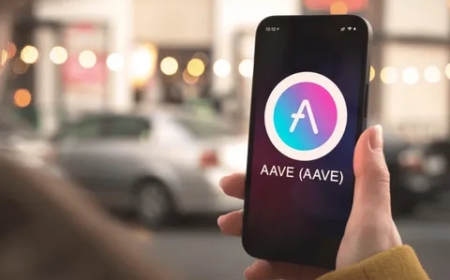







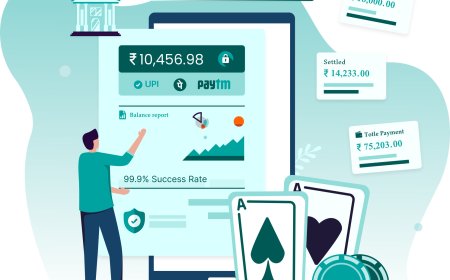

![Top 11 Real Estate Mobile App Developers in Riyadh, Saudi Arabia [2025 Edition]](https://www.philadelphialivenews.com/uploads/images/202506/image_430x256_68621a9e48997.jpg)


